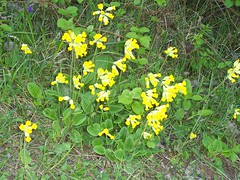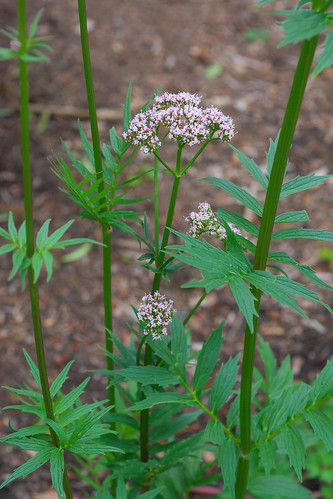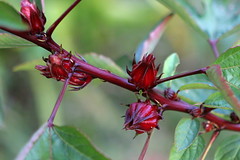 This is a recipe from my Indian hairdresser - apparently it can be used as both a face and hair pack. It is simple to make, just mix up some chick pea flour (also known as gram flour) and natural yoghurt (2 teaspoons of each is about enough for the face).
This is a recipe from my Indian hairdresser - apparently it can be used as both a face and hair pack. It is simple to make, just mix up some chick pea flour (also known as gram flour) and natural yoghurt (2 teaspoons of each is about enough for the face).I've looked around the web and this seems to be fairly popular as a recipe. I saw one that also included turmeric (in a ratio of 1:8 turmeric: chick pea flour), and another that included honey (probably for it's softening qualities). Turmeric is a respected ingredient in Ayurvedic medicine with uses including skin conditions.
Now... :-) I've made some up, as you can see from the picture, ready to try on! However (and it is quite a big "however") having researched this recipe, I'm not at all sure that what I bought from the Asian shop is in fact chick pea flour. LOL! It says "flour peas" on the label and the shop owner thought it might be the right stuff. Hmm... I'll try this one out (wish me luck). I'll update this post once I've managed to source the definite, bonafide flour, and tried out some of the variations above. :-)
Share on Facebook
















